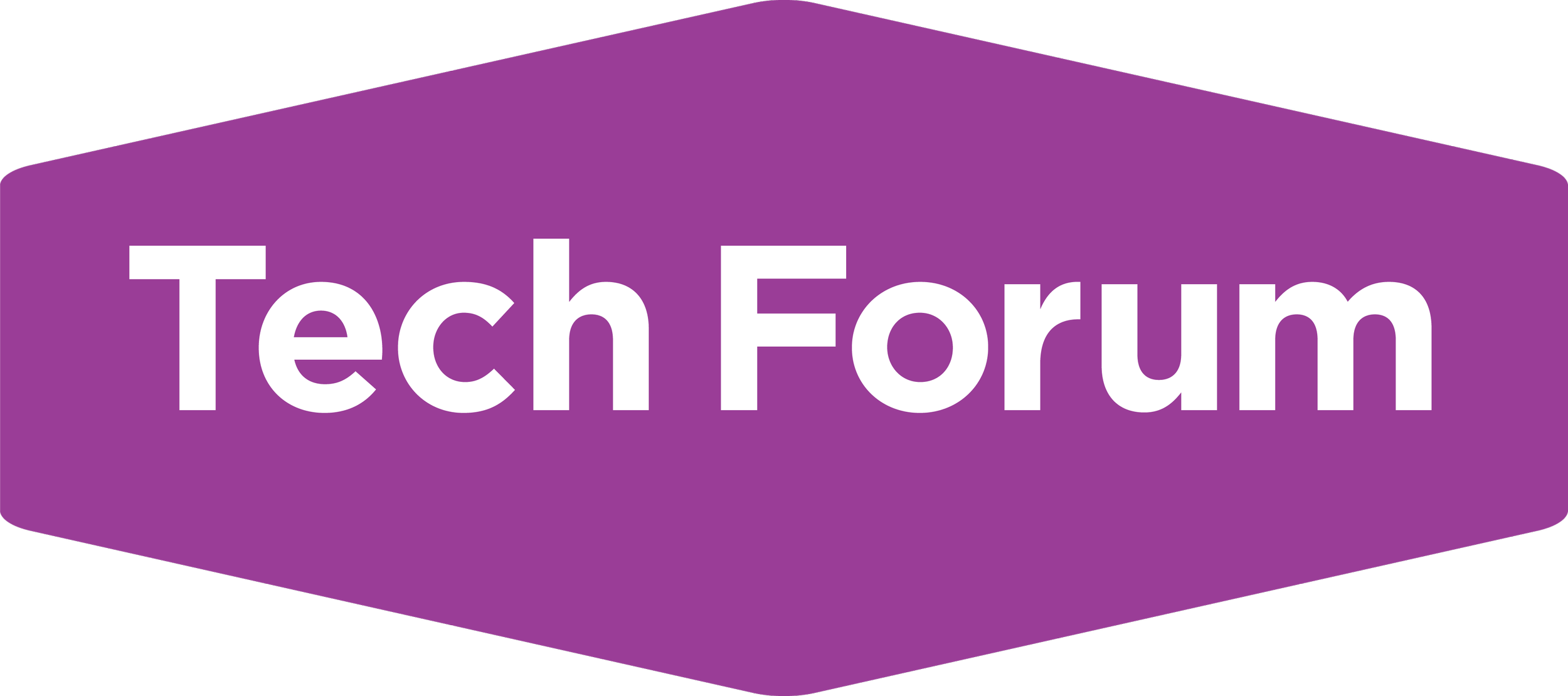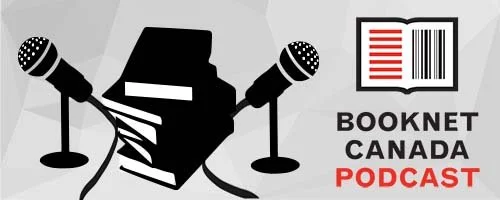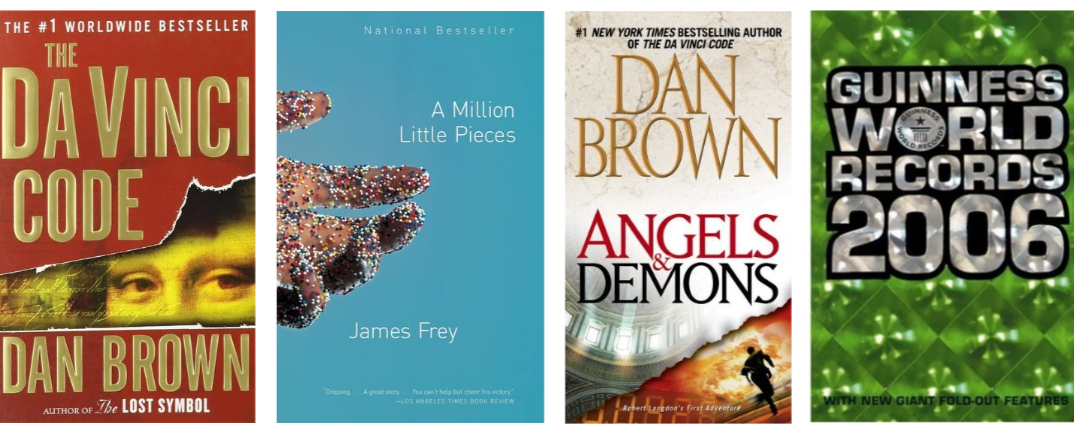We're back with more of our annual leisure survey results! In the first part of our look into the results of our leisure study, we shared what Canadians do with their leisure time. Now we're going to share how Canadian readers discover and obtain their books.
Canadian readers
Of all the adult Canadians who responded to our survey, 78% had read or listened to at least one book in the past 12 months.
Who are this year's readers? The majority of readers surveyed identify as female, are partnered, are parents, and work full-time with a household income between $25,000 and $50,000. Most readers live in cities or urban areas (48%), followed by suburban areas (32%).
Over half of all readers have at least one child (53%) and 37% have children living at home. Adults living with partners make up 29% of readers, while 19% live alone, 8% live with a roommate(s), and 7% are empty nesters.
Almost a quarter of readers are between 25 and 34 years old (23%), closely followed by the 35- to 44-year-old age bracket (22%), and those 55 to 64 years old (20%).
How readers discover books
The most popular way readers discover books is through word of mouth (44%), though this is down 2% from last year. Browsing is another highly effective book discovery method: 32% of readers found books while browsing online retailer websites (up 1% from last year) and 31% of readers discovered books by browsing in physical stores (down 5% from last year).
A quarter of readers discover books at the public library, either in-person or online (26%, up 3% from last year). Social media is how 24% of readers find their books (down 7% from last year). Other popular methods of discovery include bestseller lists (22%), online communities (14%), awards (11%), radio or TV (11%), email newsletters (10%), print newspapers or magazines (9%), and e-reading apps (8%).
How Canadian readers acquire books
Where do readers acquire most of their books? Does it differ depending on the book format? Short answer: Yes.
Longer answer: Readers mostly acquire print books from the library (27%), physical bookstores (21%), or an online retailer (18%). They also get books from "someone else" (16%) — maybe family, friends, or that coworker who keeps pushing A Game of Thrones on everyone.
Readers mostly acquire ebooks from an online retailer or app (36%), from a website offering free downloads (24%), the library (21%), or a subscription service (12%).
For audiobooks, readers mostly acquire them from the library (24%), a subscription service (22%), a website offering free downloads (18%), or an online retailer (11%).
How readers acquire books by format
If we combine the answers for all book formats, we find that the most popular method of acquiring books is from the library (25%), followed by an online retailer (22%); free sites and physical bookstores are tied at 12%. Other popular methods are: from someone else (10%), subscription service (8%), a used bookstore (5%), and a general retailer (4%).
Stay tuned for part three, where we talk all about the reading habits of Canadians!
















Top Canadian Jr. picks for January 2026.